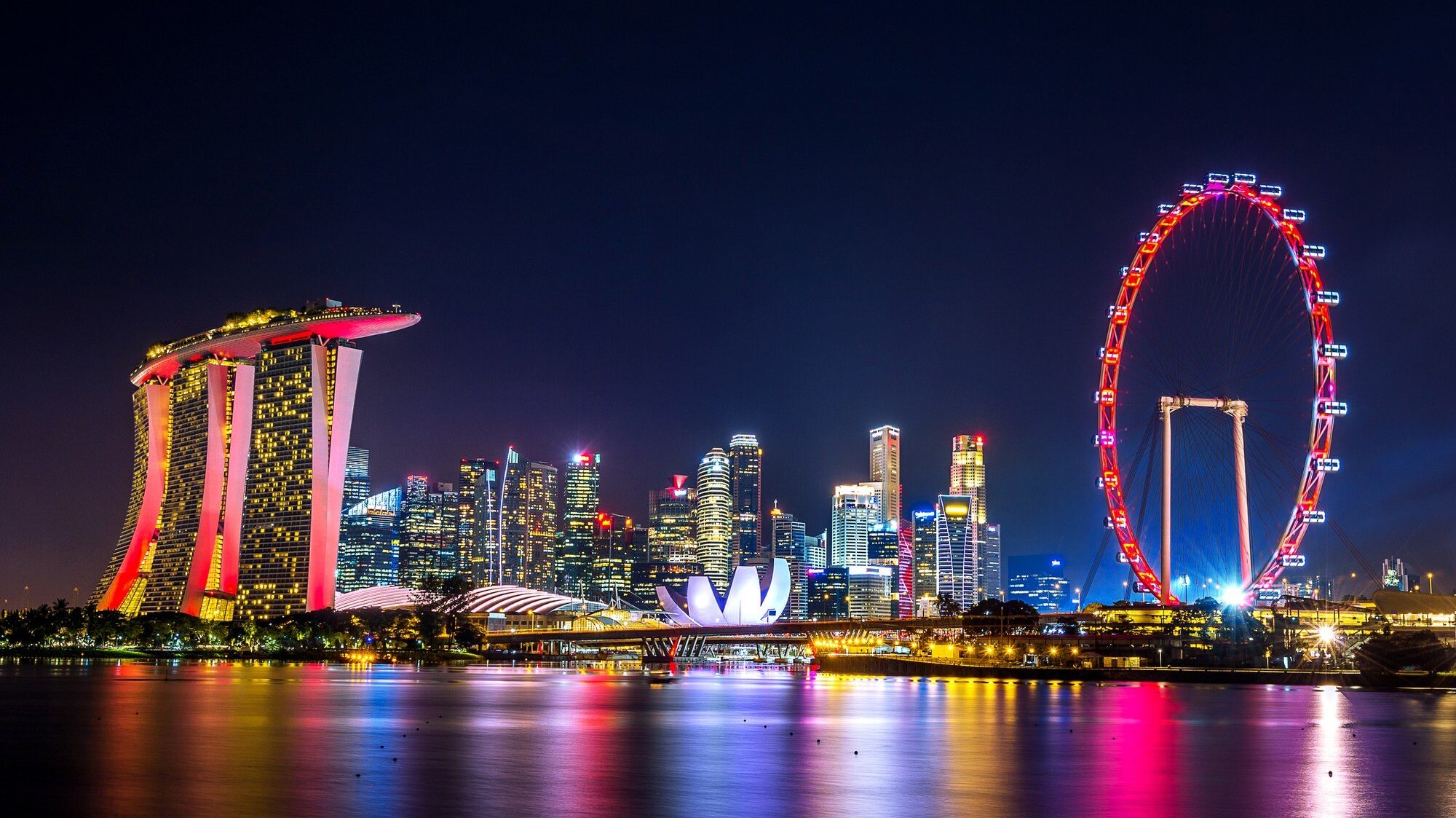SINGAPORE: As the Ministry of Trade and Industry (MTI) reduced its full-year 2025 GDP estimate to the range between 0% and 2%, alluding to “rising headwinds for global trade,” Singapore’s economic development is manifesting initial indications of weakness, analysts say.
According to the latest Singapore Business Review report, advance projections disclosed 1Q GDP growth decelerating to 3.8% YoY, down from 5% in the preceding quarter. Quarterly, the economy tapered by 0.8%, with the manufacturing and service sectors leading the slump.
The Ministry’s reduction is the newest hint that outside risks are starting to weigh more deeply on Singapore’s export-reliant economy. CGS International experts termed the GDP outcome as “below expectations,” cautioning that “we expect weaker economic growth for the rest of 2025 as sweeping tariffs reduce external demand.”
Economic experts from Maybank reflected the same sentiment when they stated that they are drawing in a growth stoppage, although they also clarified that it isn’t a depression yet at this point. Nonetheless, they acknowledged that the tightening in the first quarter was more strident than expected, as manufacturing yield slithered and a few outward-oriented services, like finance and insurance, missed their impetus.
At the core of the slowdown is the intensifying tempest of worldwide trade pressures. Forecasters from CGS International indicated that Singapore’s high reliance on external demand makes it principally susceptible to global trade disturbances.
The experts emphasised that while Singapore is confronted with just a tiny 10% tariff from the U.S., the escalating trade pressures between the US and China are likely to spread into the world economy.
The same worries resonated with the Monetary Authority of Singapore (MAS), which reacted by enabling monetary policy for the second consecutive time this year. On April 14, MAS decreased the slant of its Singapore dollar nominal effective exchange rate (S$NEER) policy band—viewed as an indicator of policy slackening.
To maintain support for existing economic conditions, MAS also reviewed its fundamental inflation estimates downward to 0.5%-1.5 % for 2025, naming dropping energy prices, freezing labour cost pressures, and augmented government appropriations.
Notwithstanding the slowdown, Maybank economic experts noted there’s “less of a need to ease policy to a neutral 0% slope at this juncture.”
While growth has decelerated and risks have swelled, experts continue to be guardedly optimistic. Maybank continues to predict a 2.1% growth for 2025, just directly above the reviewed official range, reinforced by construction bustle, dwindling interest rates, and latent monetary inducements.
Nevertheless, both research houses underscored caution and care. The outlook centres deeply on outside advancements and affairs, with CGS International cautioning that “a sharper or more prolonged downturn in global trade could have material spillover effects on Singapore’s trade-related industries and, by extension, the wider economy.”

